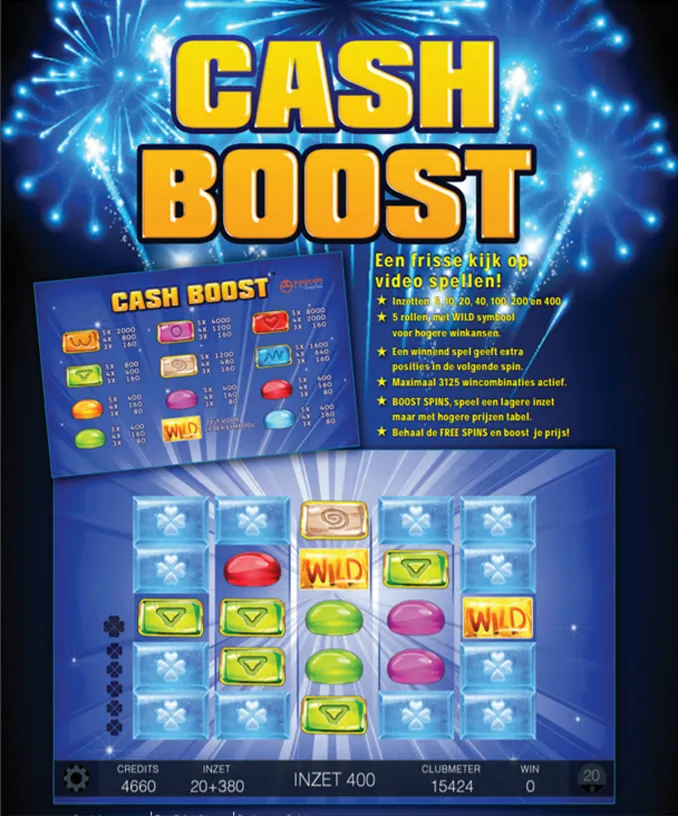Observe that if your individual risk (q) realizes the advantage regarding contract becomes 0. Upcoming only the inspired debtors have a tendency to pay off very early, if for example the ex blog post interest loan places in Rockvale Colorado rate remains large. In the truth of a bringing down interest rate all debtors have a tendency to pay back early. People having just who the benefit on the bargain remains b have a tendency to pay early or take upwards another borrowing at a lower rate of interest. The rest, having which the personal risk have knew will also repay very early. In their eyes the fresh new acquire regarding contract might possibly be 0.
It reinvests brand new paid back financing at the same rate of interest since the the fresh financing price
In the model a risk premium exists only for the first credit and not for the second credit. If the debtor takes up the second credit at the low interest rate ( \(_<2l>)\) the interest rate cannot-by assumption-decline any more in future. The bank cannot impose a risk premium on the second credit, because the bank has no damage if the second credit is also prematurely repaid. In the real world it would however recover its handling costs, which are in the model assumed to be 0. This assumption avoids an infinite regress for the calculation of the risk premium without affecting the main point of the analysis. Otherwise, the calculation for the risk premium of the second contract would require the possibility of a third contract and so forth.
Now assume that the first credit is taken up not in the high interest period but in a low interest period \(_<1>=_<1,l>\) . In that case the future, post contractual interest rate can by assumption not further decline. It is either unchanged or higher. Therefore, in this case the only risk of the bank is that the personal risk q realizes. But a damage cannot occur, because an early repayment allows the bank to either invest the money at the same rate or at an even higher rate. We can therefore exclude this case from further consideration. The expected gain of the debtor from the contract is then
In the event your chance premium is included explicitly, we become towards questioned gain out-of a credit bargain, that has been ended through the a high attention several months
So it constellation on the model, where premature payment out-of borrowing factors no injuries and consequently no interest rate mark up is not further considered inside the subsequent research.
If the legal remedy for early repayment is expectation damages the damage from early repayment is the difference between the contractual and the post-contractual interest rate \(_<1>-_<2>\) . The bank can invest the repaid money at an interest rate of \(_<2>\) . It can, for instance, buy mortgage bonds on the secondary age payment results if and only if \(_<1>>_<2>\) . Otherwise the differential method of damage calculation results in a damage award of zero. The compensation payment is therefore
Let us now assume that after the conclusion of the contract the market interest rate falls, but the benefit from the contract remains at b. We get an outcome which is different in comparison with the result under a right of premature repayment. The debtor wants to end the contract and take out a new mortgage at the low interest rate. With expectation damages as remedy for breach of contract her gain would be \((b-_<2>)-\left( _<1>-_<2>\right)=b-_<1>\) . The term in the first bracket is the consumer’s gain from the new mortgage contract and the term in the second bracket denotes the amount of damages to be paid. The early repayment motivated by the lower interest rate does not result in a gain that is higher than the gain from performance of the contract as originally concluded. Therefore, no early repayment results for taking up a new credit if interest rates decrease after contract formation (Table 2).

